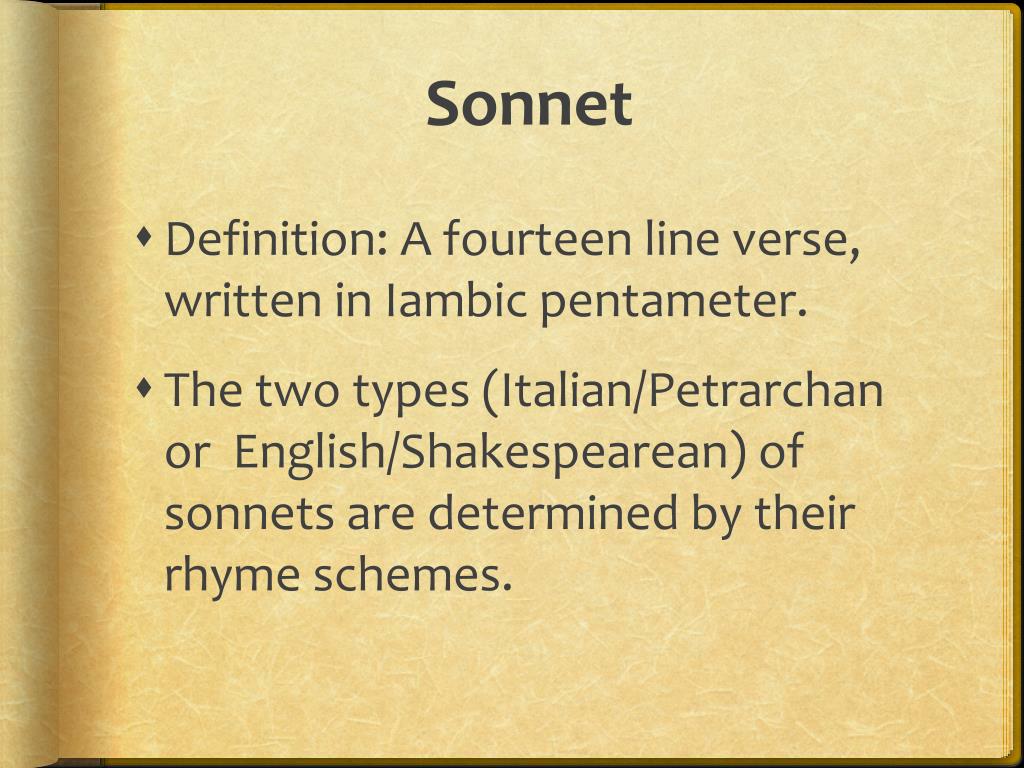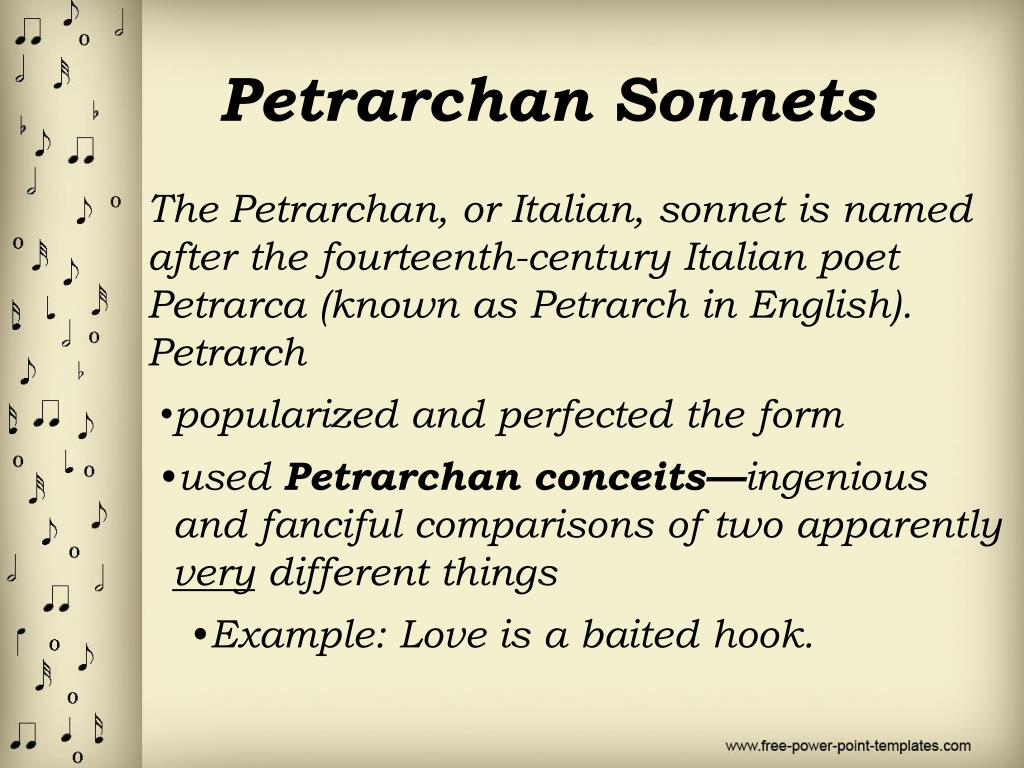

Such sonnets are used in subjects such as history and literature to explain how every parameter was used and structured by the writer since the 13th century and how, with each passing century, it evolved to the present.

Today, many lectures are conducted on just classical Italian and English sonnets across the entire world. Simultaneously, sonnets were written in a variety of European languages, and a variety of forms were acceptable for sonnet writers.īut as people changed, so did the sonnet, and many variations have occurred since then even the quatorzain limit-the poem of fourteen lines-was taken for granted, and the rhyme scheme and structure were newly adapted by the modern changing world. By the time of the Renaissance, the meaning of the sonnet changed from a little song to a way of expressing romantic love. The sonnet was invented in the 13th century by the poet Giacomo da Lentini as a fourteen-line poem with a strict rhyme scheme and structure. To state the obvious, the word "sonnet" is derived from the Italian word "sonneto," which meant a little song.

However, the earliest sonnets no longer survived in the original Sicilian language and were translated into the Tuscan dialect. Let's start with a sonnet: what exactly is a sonnet? A sonnet is a form of literature that uses aesthetic and often rhythmic qualities of language that originated in the poetry composed at the Court of the Holy Roman Emperor Frederick II in the Sicilian city of Palermo.


 0 kommentar(er)
0 kommentar(er)
